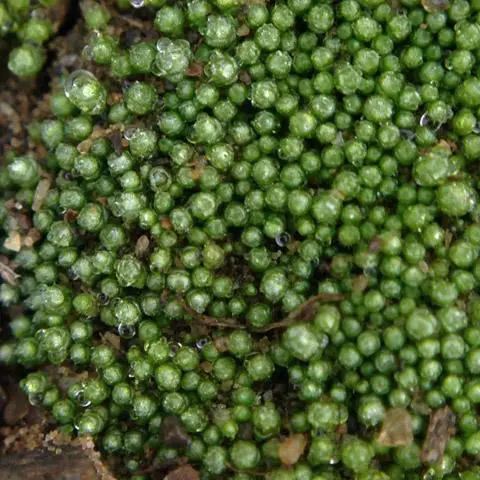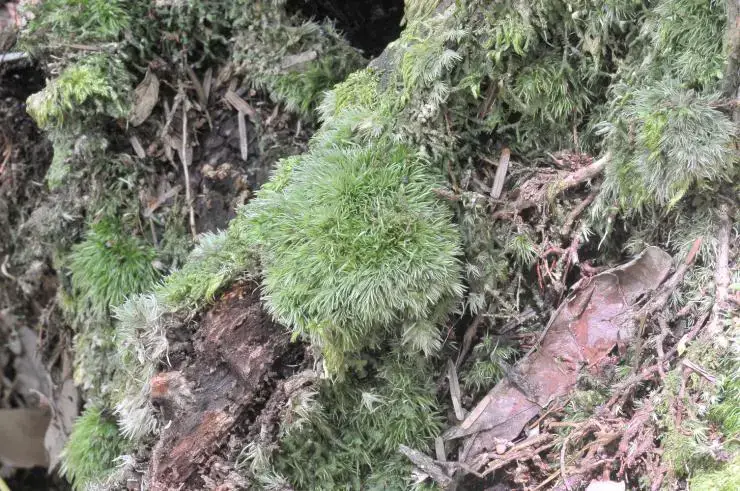
3.jpg from: https://nathistoc.bio.uci.edu/Mosses/Bryum argenteum/index.html
Exploring the Fascinating World of Bryum arachnoideum Moss
Introduction
Mosses are some of the most ancient and resilient plants on Earth. One particularly interesting species is

7037e79d418c961c5141889e083833ce.jpg from: https://taieol.tw/muse/digi_object/2355523fe7d6b11d4b7a8ac495911fd7
Bryum arachnoideum Müll.Hal., a moss in the Bryaceae family. In this blog post, we’ll take a closer look at this fascinating little plant, from its unique morphology to its global distribution and ecological roles. Get ready to dive into the captivating realm of Bryum moss!
Background on Bryum Moss
Bryum arachnoideum is a species of moss in the division Bryophyta and class Bryopsida. The Bryaceae family contains over 500 species found all around the world. Mosses like Bryum lack true roots, stems, and leaves. Instead, they have root-like rhizoids, stem-like structures called gametophores, and leaf-like phyllids. Mosses absorb water and nutrients directly through their surfaces.
Morphology and Identification
B. arachnoideum forms small tufts or cushions, typically 1-2 cm tall. Its phyllids are ovate-lanceolate and taper to a fine point. A key identifying feature is the long, hyaline hair-point at the phyllid tips, giving the moss a cobwebby appearance (hence the species name “arachnoideum” meaning spider-like). Capsules are cylindrical and red-brown, borne on 1-3 cm tall setae.
Global Distribution and Habitat
This moss has a wide distribution, found on all continents except Antarctica. It grows in a variety of habitats including on soil, rocks, tree bases, and disturbed sites from lowlands to 2000 m in elevation. B. arachnoideum tolerates a range of conditions but prefers open, dry to mesic sites.
Ecological Roles and Adaptations
As a pioneer species, B. arachnoideum plays an important role in establishing plant life in disturbed or bare areas. Its rhizoids help stabilize soil and its dense growth traps dust and organic matter, enriching the substrate for other plants. This moss has several adaptations for surviving harsh conditions:
- Poikilohydry – can dry out completely and rehydrate
- Hyaline hair-points – reflect excess light and slow water loss
- Spore dispersal – produces millions of spores to colonize new areas
- Asexual reproduction – regenerates from gametophyte fragments
| Characteristic | Description |
|---|---|
| Height | 1-2 cm tall |
| Phyllids | Ovate-lanceolate with long, hyaline hair-point |
| Capsules | Cylindrical, red-brown, on 1-3 cm setae |
| Habitat | Soil, rocks, tree bases, disturbed sites |
| Elevation Range | Lowlands to 2000 m |
| Distribution | Cosmopolitan (all continents except Antarctica) |
Conclusion
Bryum arachnoideum may be small, but this mighty moss is an important pioneer species around the world. Its unique cobwebby appearance, wide distribution, and ecological roles make it a fascinating subject. Next time you’re out in nature, take a closer look – you may just spot this amazing plant! What other cool adaptations do you think mosses like Bryum have evolved to survive and thrive across the globe?